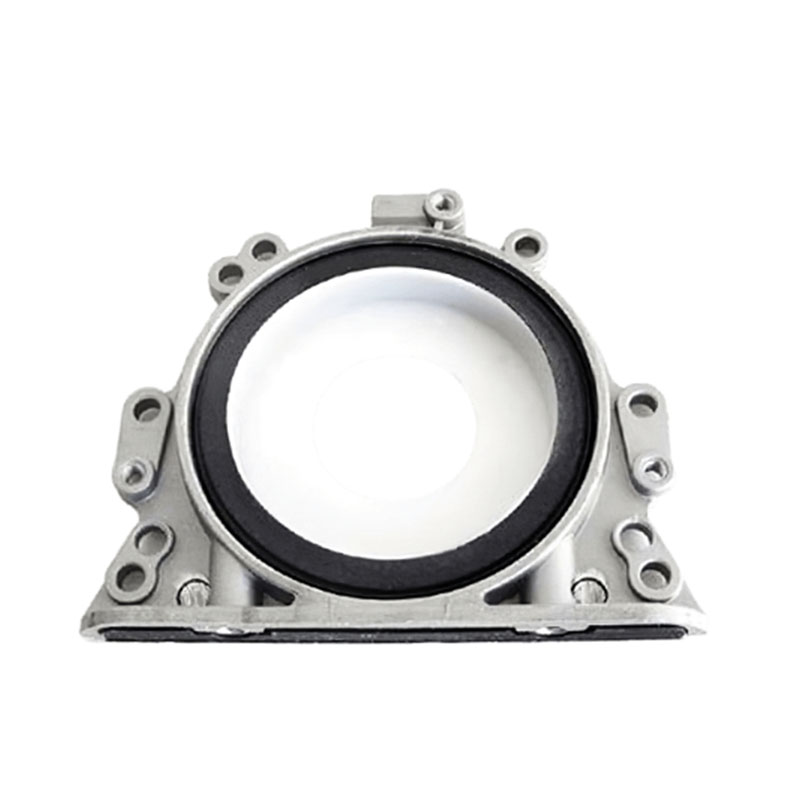Understanding Input Shaft Seal for Transmission Efficiency and Performance Improvement
Understanding the Importance of Transmission Input Shaft Seals
The transmission input shaft seal plays a vital role in the overall performance and durability of vehicles. This small, yet critical component helps maintain the integrity of the transmission system by preventing fluid leaks, thereby ensuring that the transmission operates smoothly. Understanding the significance of the transmission input shaft seal, its functionality, and common issues associated with it is essential for vehicle owners and enthusiasts alike.
What is a Transmission Input Shaft Seal?
Located at the front of the transmission, the input shaft seal is designed to keep transmission fluid contained within the system. It encircles the input shaft that connects the engine’s power to the transmission. The seal is typically made from durable materials like rubber or silicone, which can withstand high temperatures and pressure conditions inherent in automotive applications. Given its position and function, the seal is critical for the overall health of the transmission.
Functionality of the Seal
The primary function of the input shaft seal is to prevent transmission fluid from leaking out of the transmission housing. By doing so, it ensures that the transmission has an adequate supply of fluid necessary for lubrication and cooling. Transmission fluid reduces friction between gears and internal components, which is vital for smooth operation. If the fluid is allowed to leak, it can lead to serious issues such as overheating, increased wear on components, and ultimately transmission failure.
In addition to containing the fluid, the input shaft seal also protects the internal transmission components from dirt, grime, and moisture that could compromise their functionality. This protective barrier ensures that the transmission remains efficient and prolongs the lifecycle of various transmission parts.
Common Issues and Signs of Failure
transmission input shaft seal

Like any mechanical component, the transmission input shaft seal is subject to wear and tear over time. Factors such as heat exposure, constant vibration, and contamination can lead to seal degradation. Common symptoms of a failing input shaft seal include
1. Fluid Leaks The most visible sign of seal failure is transmission fluid leaking from the front of the transmission. This can be identified as reddish-brown spots on the ground beneath the vehicle.
2. Low Transmission Fluid Levels A sudden drop in transmission fluid levels may indicate a seal that is failing, which necessitates immediate attention to avoid severe transmission damage.
3. Shifting Issues If the transmission is having trouble shifting or slips during operation, it may be due to insufficient fluid or other underlying issues related to the seal.
4. Unusual Noises Grinding or whining noises can also be indicative of a fluid issue, suggesting that the internal components are not receiving the lubrication they require.
Conclusion
Maintaining a healthy transmission system is crucial for any vehicle's performance, and the input shaft seal is key to that maintenance. Regular inspections and timely replacements can prevent costly repairs and extend the lifespan of the transmission. Vehicle owners should remain vigilant for signs of seal failure and address any fluid leaks swiftly. By understanding the role and significance of the transmission input shaft seal, owners can ensure their vehicle remains in optimal working condition. Proper care and attention to this essential component can lead to better driving experiences and enhance the longevity of the transmission.
-
Your Essential Guide to Car Repair Kits: From Rust to Dings
News Jun.13,2025
-
Understanding Vital Engine Seals: Key Gaskets in Diesel and Performance Engines
News Jun.13,2025
-
The Vital Role of Bearings in Marine and Boating Applications
News Jun.13,2025
-
Sealing the System: A Complete Guide to Engine Oil Gaskets
News Jun.13,2025
-
Sealing the Foundation: A Complete Guide to Engine and Transmission Pan Gaskets
News Jun.13,2025
-
Essential Bearings and Hubs for Marine Vessels and Trailers
News Jun.13,2025
-
Your Complete Guide to Automotive Oil Drain Plugs and Valves
News Jun.12,2025
Products categories















